How to make chemistry spaces inclusive of all genders
We are living through a global period of regression when it comes to human rights. One of the latest setbacks (at the time of writing) is from the UK Supreme Court, which in April 2025 shared the ruling that its definition of a woman in the Equality Act does not include transgender women and refers only to ‘biological women’.
This historic ruling has already set back the rights of transgender people, and like almost all backsliding on matters of equality, has implications for the rights of other people too; cisgender people who are not perceived as such for example, including women who do not look traditionally ‘feminine’.

There are myriad problems with this ruling, many of which extend from the fact that the Supreme Court did not hear from any trans or gender diverse people before making its pronouncement, with Amnesty International UK the only organisation to intervene with a submission in support of trans rights. The voices of any minority group should always be heard and considered by anybody making decisions or policy that affect that group. Without this crucial consultation and deep listening there’s a much higher risk of introducing policies and procedures that not only discriminate but also don’t make sense.
There’s much work to do to ensure that society is a welcoming place for all genders, and we can start by doing this work in the chemistry spaces where we work, study and volunteer.
I’m a non-binary chemist who is supported and affirmed in my workplace and I want this to be the same experience for chemists of all genders, including those who are trans and whose gender does not neatly correspond to the binary that the Supreme Court seems set to reimpose. While some argue that the Equality Act still provides some protections for transgender people, they are inadequate and open to interpretations that perpetuate further harm. The ruling has fanned the flames on an environment already hostile for trans and gender diverse people.
For those of you who would like to ensure that your chemistry workplaces, classrooms and outreach spaces are more inclusive of trans and gender diverse people, here are some things to consider in your allyship to make spaces more welcoming for people of all genders.
Trans people exist everywhere
You may not be aware of any trans or gender diverse people in your organisation, but Ipsos data from 2023 estimates that 1% of adults identify as transgender with a further 2% identifying as non-binary/gender non-conforming/fluid, or something other than male or female. Not everyone who is trans or gender diverse feels safe or comfortable to be ‘out’, but it’s our shared responsibility to try to make places feel safer and more comfortable for trans people.
Listen to trans people
If trans or gender diverse people make suggestions about how processes, events or places can be more inclusive, listen to them and try to make any changes or adaptations requested. If you are not in a position to make these changes, act as an ally where appropriate and support trans people in their advocacy, or advocate on their behalf if they would like you to do so.
Use gender neutral language
Don’t assume a person’s gender. When meeting someone for the first time, use they/them/theirs as default pronouns until a person tells you their preference or ask the person directly about their pronouns. One way to normalise this in the workplace is to include your pronouns in your email signature or on your office door or name badge.
Never out someone
If someone shares their gender identity with you in confidence, always respect their privacy and trust.
Create safe spaces
There are many places that are particularly fraught for trans people. At workplaces and events, try to ensure that there are ‘all gender’ bathrooms available and clearly signposted. Use flags, posters or badges that celebrate trans and other LGBTIQA+ people so that they know they are welcome.
Celebrate all aspects of diversity
Organise events that celebrate all forms of diversity in chemistry. One of the assertions put forward by ‘gender critical’ people is that the rights of trans people are at odds with the rights of women. Celebrating all women, regardless of the sex they were assigned at birth, is one part of this important work. In chemistry lessons, lectures, articles and events work hard to highlight the work of all women and trans or gender diverse people.
Reading, research and training
Encourage members of your teams to attend LGBTIQA+ training offered by your organisation or seek out external providers. Try to read articles and books and consume art by trans and gender diverse people, and share resources with your colleagues or students.
As Barbara Gittings, the late LGBTQ+ activist said: ‘Equality means more than passing laws. The struggle is really won in the hearts and minds of the community, where it really counts.’



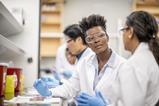


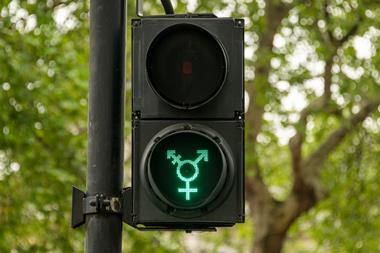
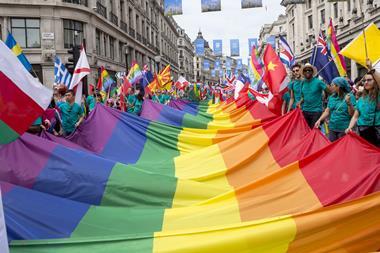
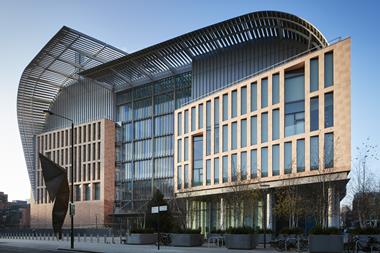

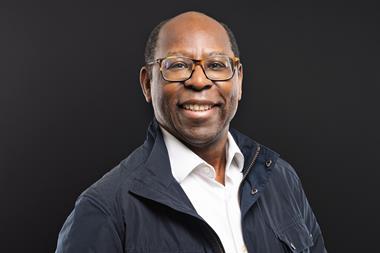
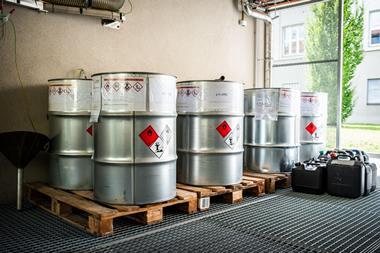


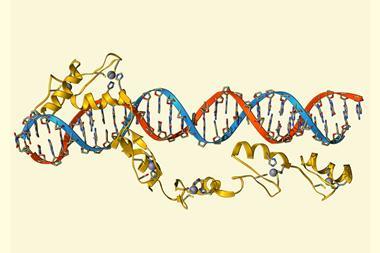

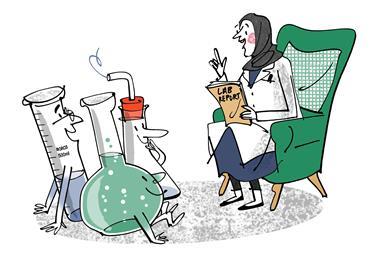
No comments yet